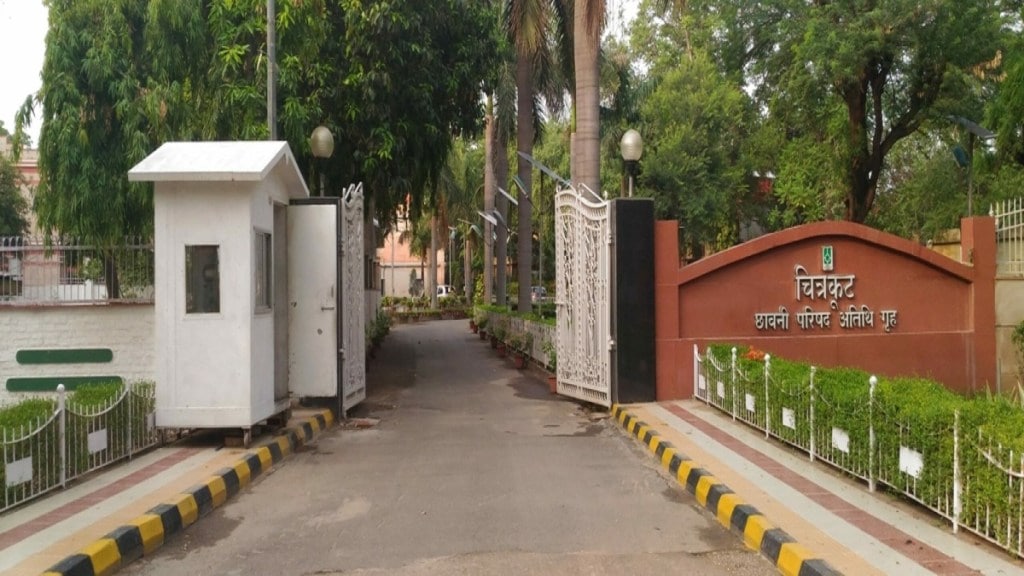In order to bring uniformity in municipal laws governing civil areas of cantonments and adjoining state municipal areas, the government has decided to consider excising civil areas of certain Cantonments and merging them with neighbouring local municipalities.
The government has already initiated a mega plan to abolish the 62 cantonments and merge them all with the local municipality.
According to the official from the Ministry of Defence (MoD), the plan is to demarcate the ‘military areas’ in all cantonments spread across India.
Accordingly, broad modalities for the proposed excision of civil areas in 58 Cantonments have been shared with concerned State Governments for their comments.
The cantonments which will come under the new rule are scattered across states across Bihar, Delhi, Gujrat, Ambala and Haryana. There are 5 cantonments which will come under the new rules and regulations.
Under the new provision, civilians who earlier could not access government welfare schemes through municipal corporations and municipalities will be able to access all the schemes and benefits.
While on the other side, the military will also be able to focus more on the development of the military stations as per the demarcation which would fall strictly under the military utilities.
While the cantonments, despite having financial and land constraints today represent the massive green areas which strive to maintain ecological balance, the space of urbanization has posed a major challenge to optimize the huge land parcel for commercial and civic activities.
Cantonment’s rules and regulation
According to the MoD, the overall municipal administration of the notified Cantonments is the function of the Cantonment Boards which are democratic bodies.
The Station Commander of the Cantonment is the ex-officio President of the Board and an officer of the Indian Defence Estates Service (IDES) or Defence Estates Organisation. The management of the Cantonment is also led by the Board. The Board has equal representation of the elected and nominated to balance the official representation with the democratic composition.
This unique structure of Cantonment Boards is being maintained successfully keeping in view the fact that the Cantonment areas were and are primarily meant to accommodate the military population and their installations.
However, Cantonments are different from Military Stations. While the Military Stations are purely meant for the use and accommodation of the armed forces under an executive order whereas the Cantonments are areas which comprise both military and civil populations.
In total, the MoD owns 18 lakh acres of land out of which around 1.6 lakh acres fall in the 62 cantonments in 19 states.
“The rationalization of the cantonment is among the key areas that we focus on,” says an official from the MoD.
It is certainly to do away with the colonial-era concept of cantonment towns, explains a senior official from the MoD.

